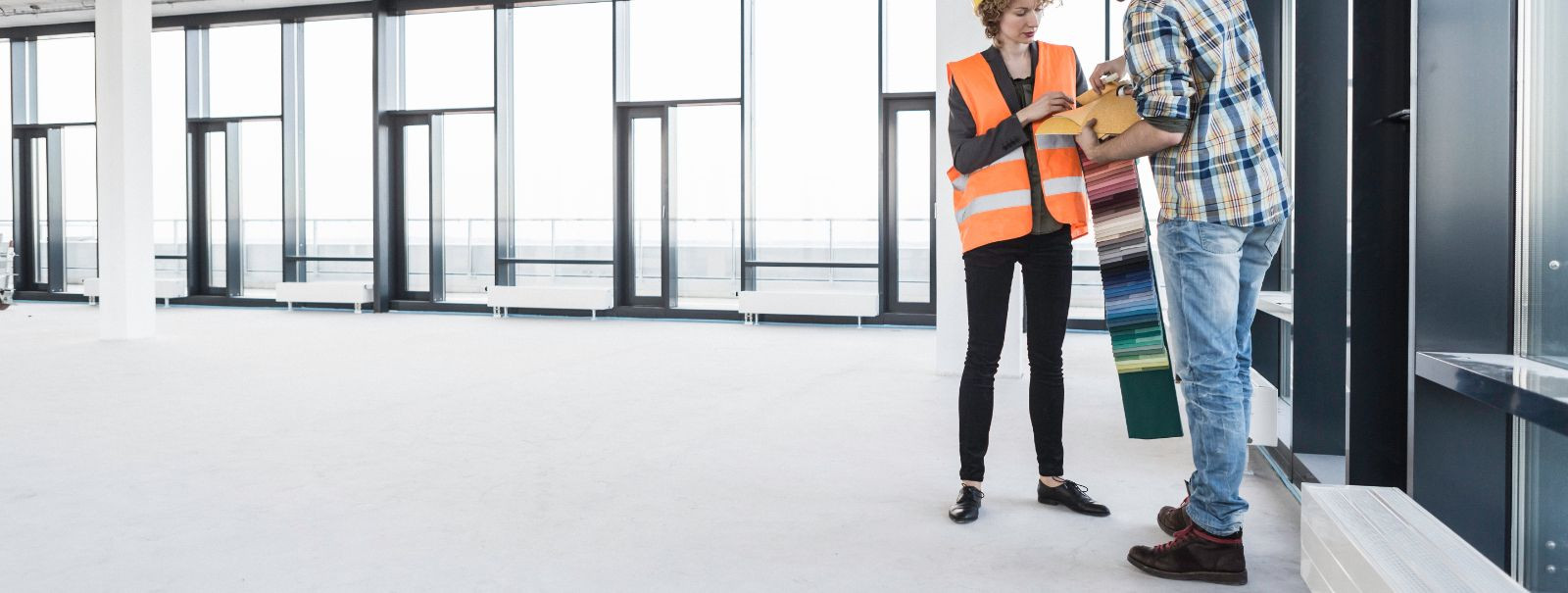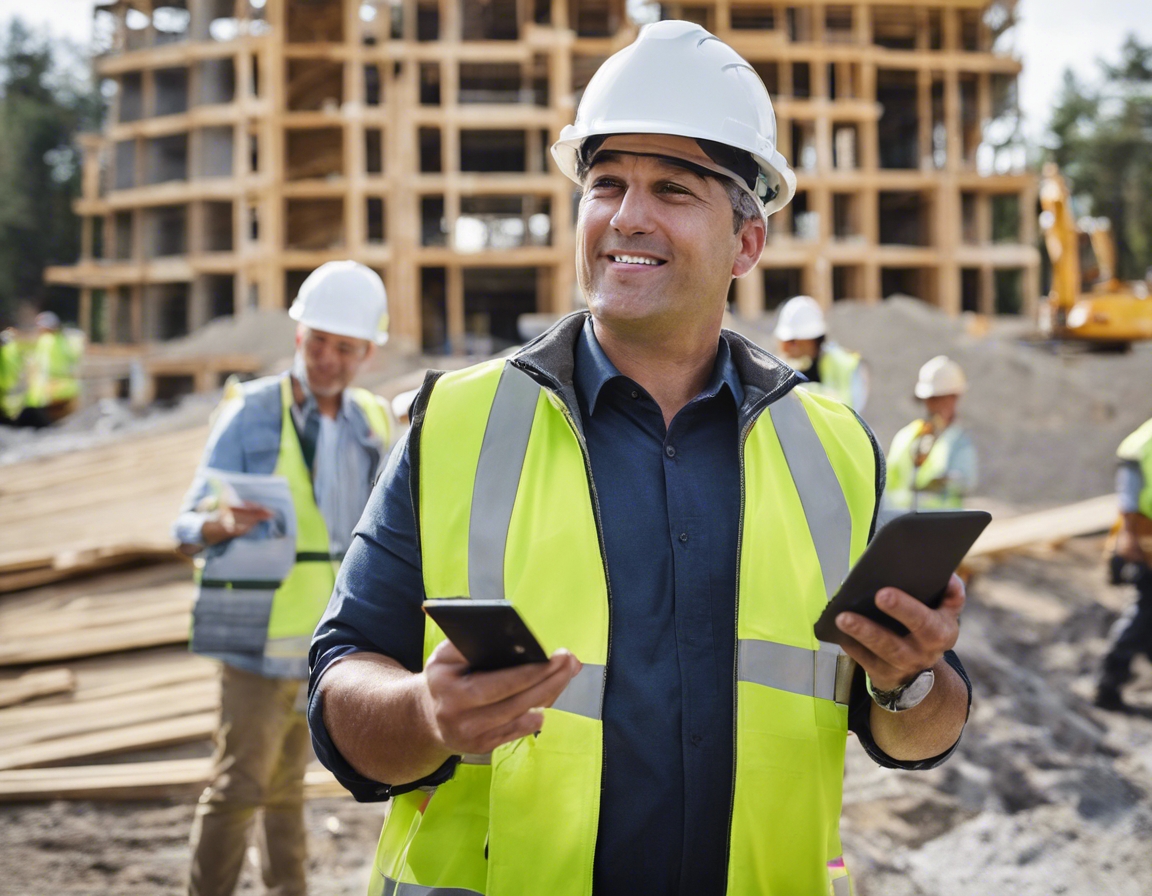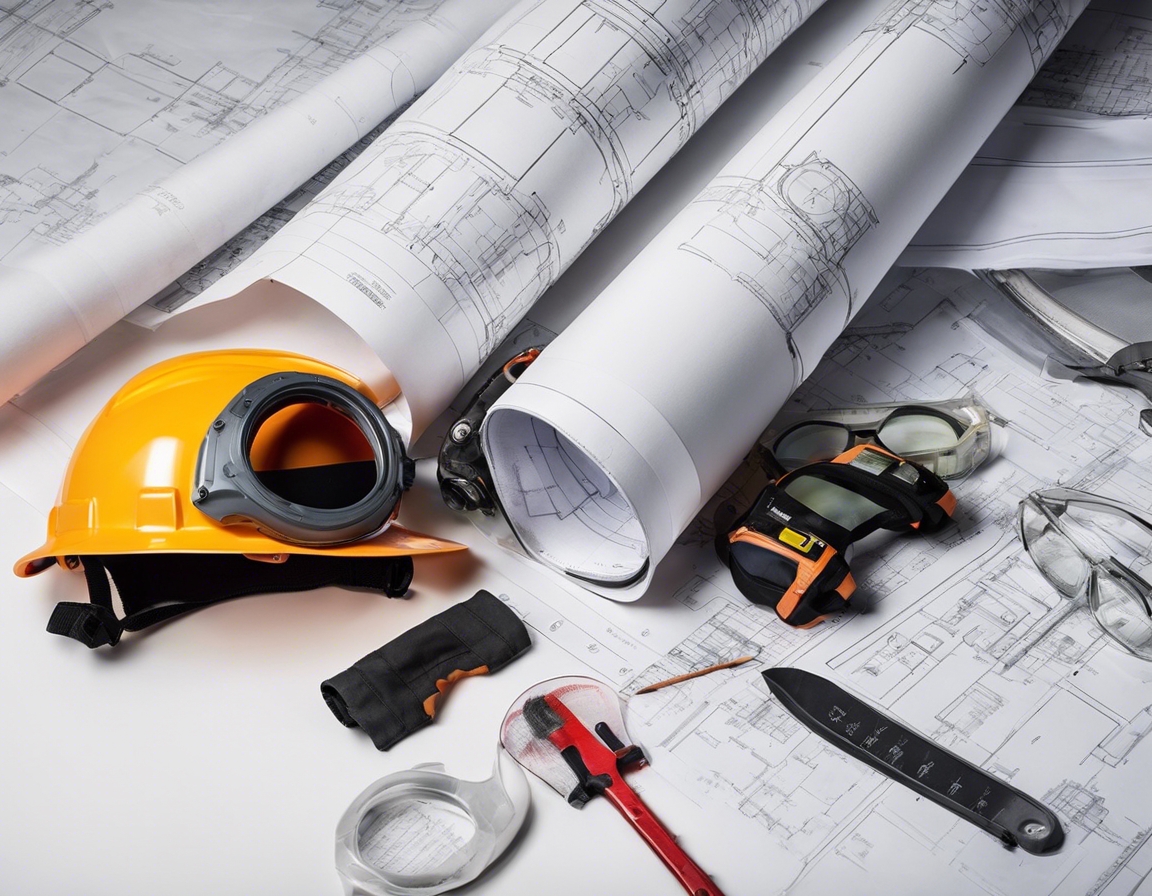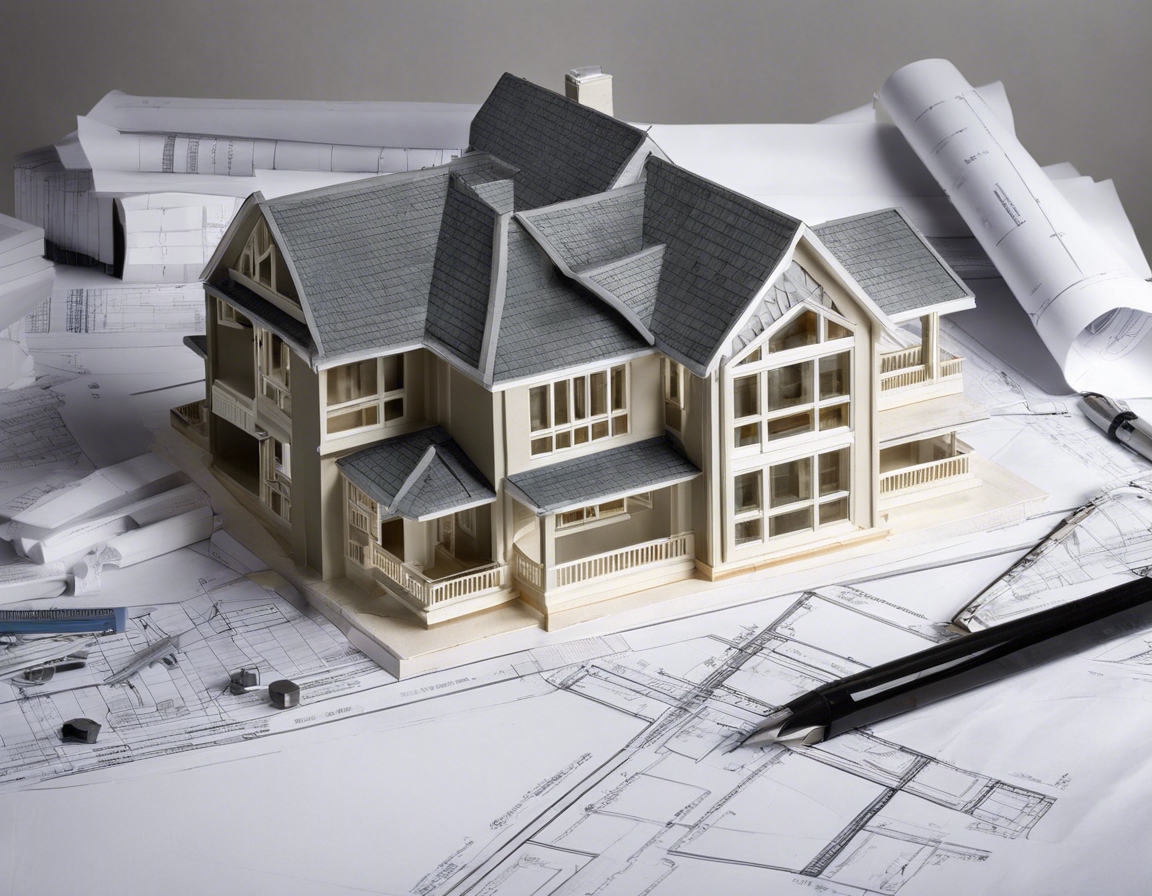Sustainable building: more than just a trend
Sustainable building encompasses a holistic approach to construction that seeks to minimize the environmental impact of buildings while promoting resource efficiency and occupant well-being. It involves careful consideration of every phase of a building's life cycle, from design and construction to operation and eventual deconstruction or renovation.
The concept of sustainable building has evolved significantly over the past few decades. Initially seen as a niche interest, it has now become a central focus for the construction industry worldwide, driven by a growing awareness of environmental issues and the urgent need to address climate change.
The Importance of Sustainable Building
Environmentally, sustainable buildings reduce waste, conserve natural resources, and decrease greenhouse gas emissions. They are designed to work with the environment, using renewable energy sources and incorporating green spaces to promote biodiversity.
Economically, sustainable buildings often result in lower operating costs due to increased energy and water efficiency. They can also lead to higher property values and can be a compelling selling point for potential buyers or tenants.
Socially and health-wise, sustainable buildings improve the quality of life for occupants by providing better air quality, natural lighting, and thermal comfort. This can lead to increased productivity and reduced health problems.
Key Elements of Sustainable Building
Energy efficiency is at the heart of sustainable building, with strategies such as passive solar design, high-performance insulation, and energy-efficient appliances and systems.
Water conservation measures are critical, including low-flow fixtures, rainwater harvesting, and water-efficient landscaping.
Choosing sustainable materials means opting for those that are recycled, renewable, or have a low environmental impact over their lifecycle.
Indoor environmental quality is enhanced through the use of non-toxic materials, adequate ventilation, and natural daylighting, contributing to the well-being of building occupants.
Sustainable building also considers the site and community impact, aiming to reduce urban sprawl, improve transportation options, and contribute to the local economy.
Challenges and Solutions in Sustainable Building
Despite the clear benefits, sustainable building faces challenges such as higher upfront costs, regulatory hurdles, and a lack of awareness or expertise. Solutions include education, incentives, and the development of more cost-effective sustainable materials and technologies.
Innovative technologies and practices are continually emerging in the field of sustainable building, including advanced building automation systems, green roofs, and modular construction techniques that reduce waste and improve efficiency.
The Role of Construction Companies in Promoting Sustainability
RAAP EHITUS OÜ is dedicated to advancing sustainable building practices. We understand the importance of sustainability in construction and are committed to delivering projects that meet the highest standards of environmental responsibility.
At RAAP EHITUS OÜ, we implement sustainable practices through meticulous planning, the use of eco-friendly materials, and by staying abreast of the latest sustainable technologies. Our team of experts ensures that every project we undertake is not only built to last but also built to sustain.








Comments (0)